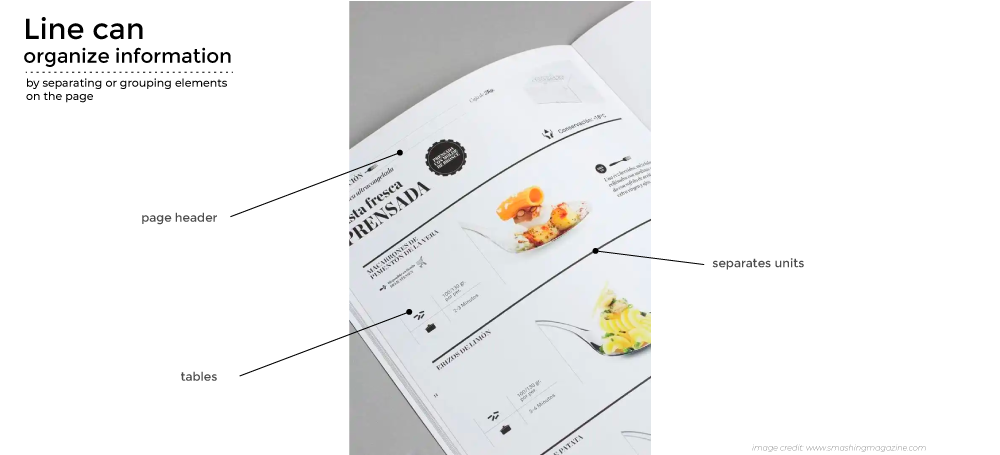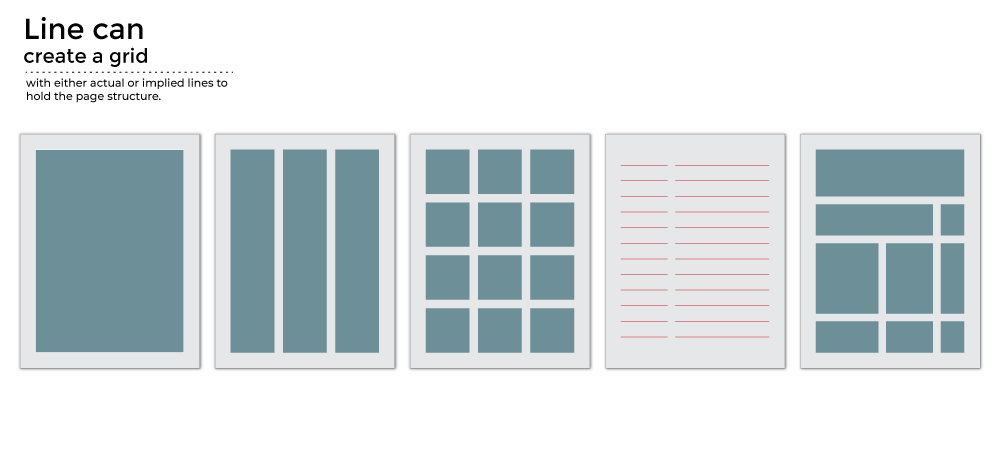by JuliannaKunstler.com
slides notes:

Line is one of the Elements of Design.
Line is a mark connecting any two points.

There is an endless number of lines that you see and use in art.

But... technically speaking, there are only 2 types of lines:
Straight
and Curved

The rest of the lines - are just variations or combinations of these two types.

When it comes to line styles, you can group them into 4 style categories:
1. Solid
All kinds of continuous lines.

2. Interrupted
All kinds of interrupted or broken lines: dashed lines, dotted lines, footprints or tire marks.

3. Implied
Implied lines are the lines you assume.
These lines are not actually drawn, but you can see them as a border between other elements.
A good example would be a horizon line.

4. Psychological
Psychological lines are the lines that are not physically present. You cannot see them.
They are generated by our minds based on other subjects.

So the four line style groups are:
- Solid
- Interrupted
- Implied
- Psychological
What lines can do for you:

Lines organize information


Lines can group elements

Lines can emphasize

Lines can connect

Lines can create movement

Lines can guide

Lines can create a grid
Emotional qualities of lines

There are certain ways our brain processes and interprets what we see.
Lines have feelings!

Horizontal lines generally look quiet and calm.
They suggest some space and distance.

Vertical lines, on the other hand, give an impression of height and balance, support and strength.

Curves are very comforting, comparing to straight lines.
They are elegant and graceful.

Zig-zags create all kinds of energy.
They can suggest an anxiety and confusion, or an excitement and energy.

Parallel lines, especially if they are angled, give an impression of speed and movement.

Slanted lines support movement and action in a design.
They can also emphasize and lead viewer's eye to a specific spot in a picture.

